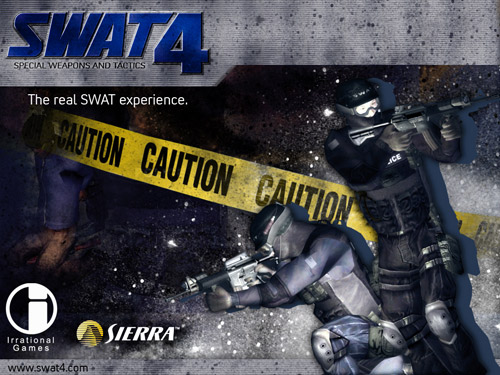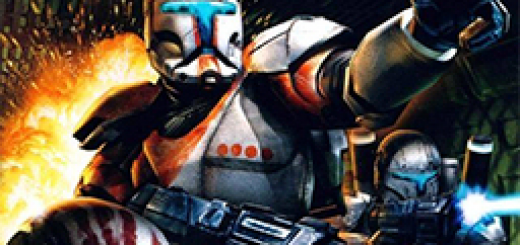
As far as environments go, I really have to credit the developers with giving us a fun variety. Needing to actually be your character instead of some mindless tough-guy with big guns is quite a welcome break, and the action portions help breakup the adventure with some fun suspense. His dialogue may give you subtle clues - perhaps there is an area behind a warm wall, or a hole that requires a lever piece. Jack will mostly make comments on what you're interacting with, sometimes noting it's usefulness, or even it's uselessness. You'll need to take a look at items or documents on desks, or even bookshelves, chests or drawers. Whether toggling switches and solving fitting (and not too bizarre) puzzles, or keeping dialogue with characters to aid in your progression - there should be enough to do, to keep you engaged. Interaction with the environment and characters saturates most of the gameplay. Physics are rather non-existant, and characters die in animation sequences (then fade away) and not ragdoll effects - but it's really not an issue, the rest of the game makes up for such missing elements. The art direction is very well done here, evident in detailed textures and well-featured character models and detailed environments. You may notice the graphics in Call of Cthulhu are dated, but don't let it dissuade you from giving the game a chance. The music score is quite effective and meshes very well with the game - I enjoyed it very much. Audio effects and voice acting is generally well done, if at times a little insincere.
#Swat 4 gold edition save location Patch
Use a medkit to patch up wounds or splint a broken bone and you're soon feeling better. You'll walk slower if you're injured, especially if you've broken a leg bone - of which you can hear cracking with each step. Your inventory screen can be referenced to see how much ammo you have left per bullet type, and any decline in health is indicated by shortness of breath, blurring of vision, blood splatters and declining hearing. This seems particularly foolish, but I adapted rather well to it. Immersion is top-notch here, and one of the reasons for this is the lack of any HUD or onscreen indication of your health or ammo. I honestly hadn't found the save system too bad, mostly because the game keeps you on your toes with it's adventure facet, with the pace and action picking up only until later. Add to the fact that the game has no quick-save option - you can only save at a curious white symbol, which you'll find painted on walls. If you're a trigger-happy gamer with no patience, such sequences will likely upset you. One particular sequence has you escaping an Innsmouth hotel, opening doors and closing them, then bolting them - while your pursuers slowly but surely break down the doors you've left shut in your path. You won't get a weapon until the end of that first quarter, and even then it's a crowbar.ĭespite that you're weaponless, you will find yourself in some hair-raising situations where you'll need to get out alive.

For the first 1/4th of the game you'll be mostly exploring and finding clues.

It seems a plague has beset them - from their appearance and voice to the way they treat you, all creepy. You arrive there via bus, and the first thing you may notice is the people populating Innsmouth are. Released from the insane asylum after a period of amnesia, you're back in your niche when you recieve a call from somebody in the town of Innsmouth, asking for help investigating a local theft and a missing person.

Your role begins as Detective Jack Walters. Game completion is tracked in a Statistics menu, along with accuracy of shots, amount of kills and headshots, and more. The more you uncover (such as journal entries), the more completed the game may become. From the menu, you're offered a few difficulties to start your game in. Lovecraft (especially the short, "Shadow Over Innsmouth", "Call of Cthulhu" is a well done, first-person action/adventure interpretation of the mythos. Based on the fictional horror/thriller writings of H.P.


 0 kommentar(er)
0 kommentar(er)
